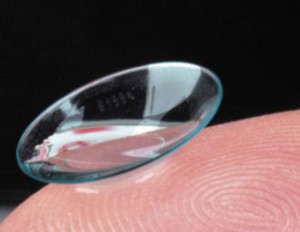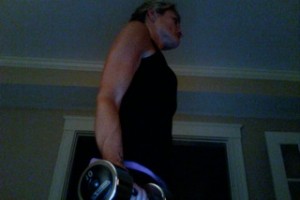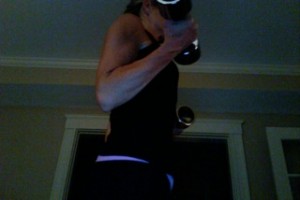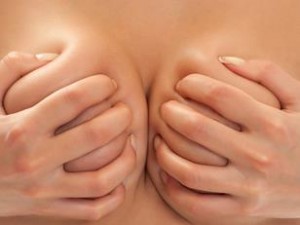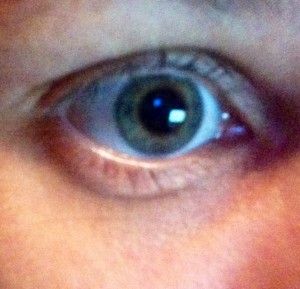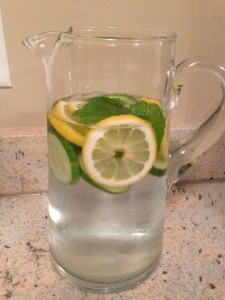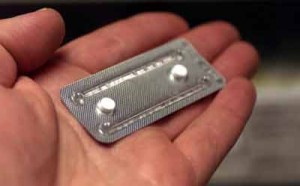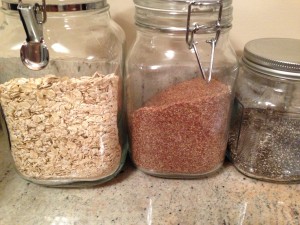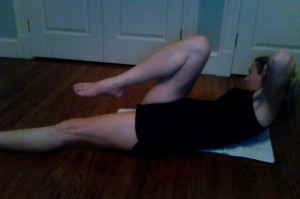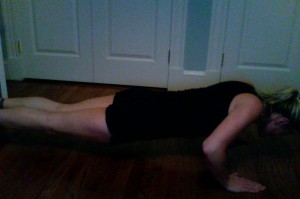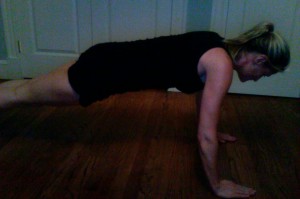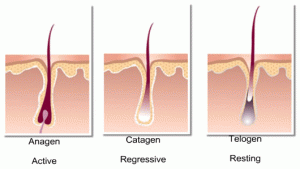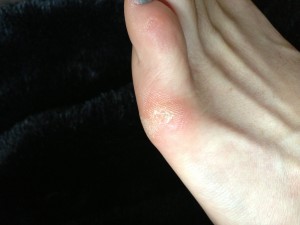A lot of people with vision problems don’t like wearing glasses, and they get annoyed with the responsibility of contacts…but you need to maximize the vision you have, right? So you either need to wear glasses or pop in those contacts and deal with the irritation that can occur, things getting stuck in your eyes, the itching, etc. If you have had poor vision from birth, this new trick won’t really help you, but if you are one of the many people who start suffering from presbyopia (the age-related loss of near vision), this new research can benefit you!
Who can benefit?
Most people by middle age suffer from some form of presbyopia. As we age, the lens of our eyes tend to have less elasticity and less ability to tighten and loosen, making it more difficult to tighten to view things near you. This is why you will see some middle age people holding menus out at arm length to read them, and needing reading glasses to view things right in front of them. And the people who suffer from presbyopia, can most benefit form this new research.
Some research out of Australia suggests that a new therapy called hyperopic orthokeratology (OK), which is a special contact lens that you wear only at night to help flatten your cornea at night, and the results last throughout the day. The study was performed on 16 middle-aged (43-59 years old) and one eye was treated with the lens at night and the other wasn’t. It was found in all participants that they treated eye, had near perfect vision all day without the need for a contact lens; after one night vision was improved and it only got better each day of the study (which lasted a week). These lenses help to change the shape of the cornea so you have better vision, very similar to wearing a retainer to help shift/change placement of your teeth; it works great in short periods of time off (i.e. during the day) but if you stop wearing your retainer (or these special OK contacts) your eyes will return to their natural state within a week, so it is a commitment to wear them at night. Plus, it is a great alternative for those afraid of having eye surgery to treat their vision changes!
It is an interesting treatment plan, and it is still a commitment, but I think it is truly a benefit that you can sleep with the lenses in place, and then need nothing to treat your vision all day, and there is no need to go under the knife, if you choose not to. Plus, it is a huge statement that all of the participants in the study saw a benefit. If you suffer from presbyopia, then talk to your Healthcare Provider about the benefits of OK therapy, and if it might work for you!
Yours in Good Health
B

